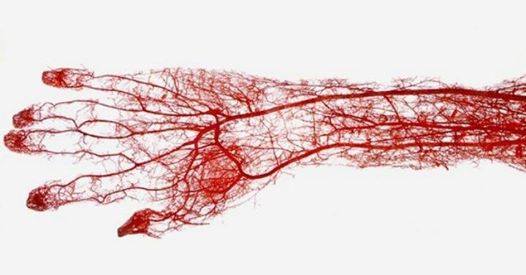Radicalism
Airports are awesome.
I love them. There’s so much
commerce and trade and safety and security at stake that they have to be run
right, so, although they might not be perfect sometimes, they’re pretty darn
good, just because they have to be. You
get your ticket here, you take it there, and you board at this time, not that
one. There’s not much equivocation,
because there can’t be. People need to
get places, and despite the clothes people wear, or the seats they’re in, you
can’t really tell who is who, and how important, or inconsequential they may
be, and, at the end of the day, everybody is flying in the same little box
thousands of feet above Earth, and we either live, or die, together.
Airports are awesome for another reason. I live on a little lane off of a little road
in the country, a capillary as interstate commerce might go, and I take the
interstate to work, along the vein of trucks and cars as red blood cells,
oxygenated with the money and thoughts and energy upon which the world depends,
and then I get to the city, the ganglion where impulses go to get played out,
and airports; Airports are like bicuspid valves (especially international ones)
that let blood through to new regions of the body, take oxygenated blood from
the lungs, through to make a whole new circuit.
I love it. And airports are the
conduits where people and ideas can go from place to place to share ideas
around the country and eventually the world.
Well, while I was at the airport today, I picked up a
Scientific American magazine that had lots of those great ideas, and on one
page was a short article on John Muir, being that it’s been 100 years since his
death. Some great minds in the
conservation community put in their 2 cents on what Mr. Muir might see today as
the biggest looming environmental crises.
I often wonder the same for persons like Rachel Carson and Aldo
Leopold. After the past 50 years of
supposed American and international environmental policy reform and the renewed emphasis that
NEPA and some of the other legislation brought, what are we missing? What could be done, what seed change is
waiting, that could reach a tipping point much like that of Silent Spring and
its exposure of the risks associated with DDT?
Among a few other ideas about what John Muir might be
thinking was the mention of the mass extinction that is taking place. We are losing a remarkable amount of
biodiversity to habitat loss and unsustainable mining and industrial practices. Recycling and conservation are exercised, but
not to a level that can compensate for incredible industrial and technological
production. We’re still wasting a lot,
and tearing up a lot of land without renovating old structures and spaces. Many people ridicule the role of government
regulations in industry, that it hampers the free market, but good governance
has the unique ability to mandate change proactively, so that we conserve
species and exercise sound science while we still have the chance to save
crucial life on this planet. Otherwise,
there is no incentive to change.
 John Muir’s beard and stately countenance look old-school to
us today. The Appalachian Trail and Muir
Trail at Yosemite National Park seem like the standard fare in our natural
areas, and no one questions their value.
However, at the time when Muir started the Sierra Club and blazed the
Appalachian Trail, it was radical. Who
needs a park when you have all this? And
why build a trail just for walking around in brambles? We realize the value of Muir’s foresight
today, much like we will one day when the fruits of today’s radical ideas are
realized.
John Muir’s beard and stately countenance look old-school to
us today. The Appalachian Trail and Muir
Trail at Yosemite National Park seem like the standard fare in our natural
areas, and no one questions their value.
However, at the time when Muir started the Sierra Club and blazed the
Appalachian Trail, it was radical. Who
needs a park when you have all this? And
why build a trail just for walking around in brambles? We realize the value of Muir’s foresight
today, much like we will one day when the fruits of today’s radical ideas are
realized.
Don’t stop dreaming of what can happen if we all work
together. If we use the creative genius
strolling around in on our arteries of interstate highways and airport
ganglion, real change can and will happen.
Don’t lose hope. Be radical. Be the change.



Comments
Post a Comment